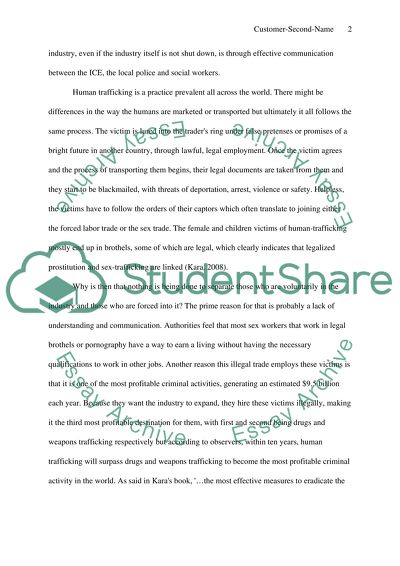Cite this document
(“Combating Sex-trafficking in the United States Term Paper”, n.d.)
Retrieved from https://studentshare.org/english/1428043-combatting-sex-trafficking-
Retrieved from https://studentshare.org/english/1428043-combatting-sex-trafficking-
(Combating Sex-Trafficking in the United States Term Paper)
https://studentshare.org/english/1428043-combatting-sex-trafficking-.
https://studentshare.org/english/1428043-combatting-sex-trafficking-.
“Combating Sex-Trafficking in the United States Term Paper”, n.d. https://studentshare.org/english/1428043-combatting-sex-trafficking-.


